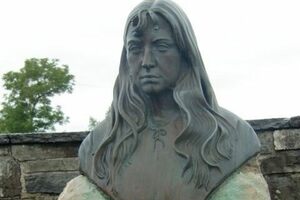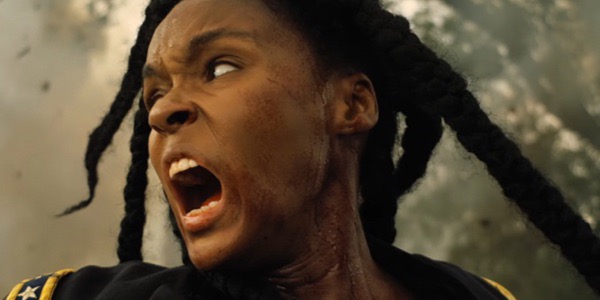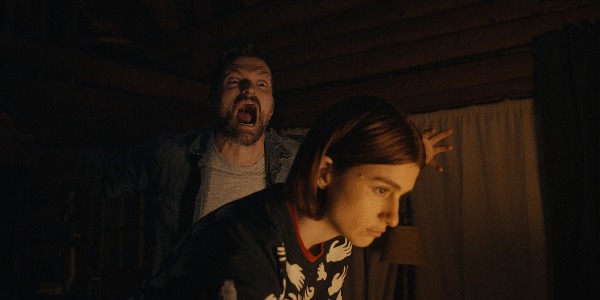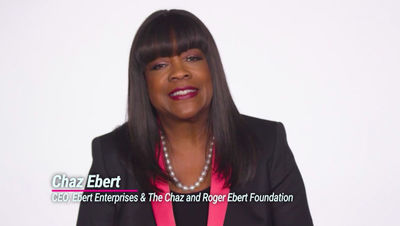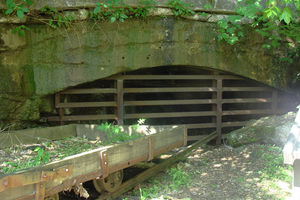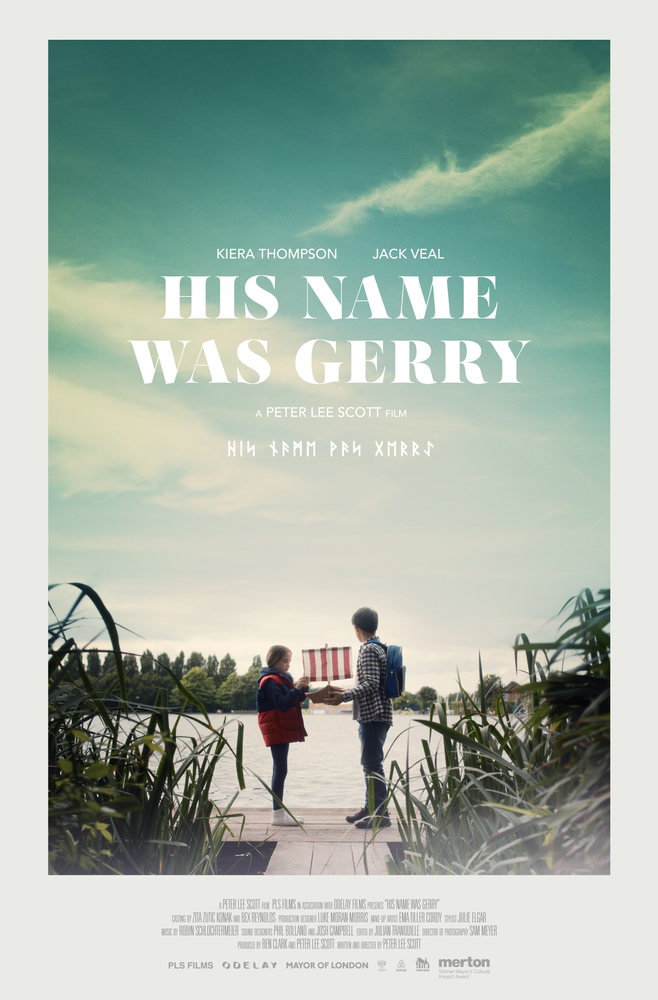Style is Substance in ‘Badlands’
Amidst the rapturous critical reception that Terrence Malick’s Badlands received upon its 1974 release, one dissenting voice stood out. While Vincent Canby called Malick’s feature debut “a most important and exciting film” in the New York Times, Pauline Kael turned in a scathing review at the New Yorker, breathing fire at everything from the performances (Martin Sheen is “too finished”) to Malick’s now-signature poetic style (“draggy art”).
Surprisingly, given that it’s now recognized as an early herald of what would become Malick’s characteristic transcendent visual style, Kael also found fault with the cinematography. “The photography — empty skies and empty landscapes and Maxfield Parrish storybook color” are condescending in their over-simplicity, Kael thought, and evidence of Malick’s “tony” background, the film’s aesthetic a snooty commentary on the “blah” ordinariness of Holly (Sissy Spacek) and Kit’s (Martin Sheen) humble origins.
Kael’s disdain for the highly influential Badlands seems misjudged today, but her reference to Parrish is striking, given how closely Malick’s future films would continue to resemble Parrish’s work in visual terms. A painter and illustrator, Parrish was a prolific artist who enjoyed unprecedented public exposure throughout the early-to-mid 20th century. Thanks to his early embrace of commercial commissions, his art was a regular fixture everywhere — Life magazine covers, kitchen calendars, hotel lobbies, children’s books — ranking him among the most successful American artists of the last century. One biographer even claims Parrish is the most reproduced artist in history, ranking above Andy Warhol and Leonardo da Vinci.
While his style evolved continually over the seven decades he was producing images, Parrish’s brand is most often associated with an aesthetic loosely shared by his most famous works. These paintings tend to be of idyllic natural vistas — sometimes featuring classical female figures — lit by just-breaking or waning light, and are always washed in radiant colors. The deep, pure blue of cobalt blue, for instance, is sometimes referred to as “Parrish blue,” so widespread is the association of this pigment with the archetypal hue of a Parrish sky. The golden-hour lighting and immense horizons of signature paintings like Ecstasy pick up on the supernatural notes of natural light and evoke a sense of stable peace, offering up to the average consumer an accessible vision of a timeless, dreamy Arcadia that could persist as an oasis in the imagination throughout economic crises and wars.
Look at Badlands, and you can see what Kael was talking about: its cinematography does call to mind a Parrish painting. In both wide shots and close-ups, the film’s landscapes and skies are frequently honeyed by the ethereal glows of sunrise and sunset, the magic-hour lighting casting an eponymous sense of surreal enchantment over Kit and Holly. Parrish’s aim of invoking “those qualities that delight us in nature” — “pure air and light, the magic of distance, and the saturated beauty of color” — in his work seems to be a shared one for Malick. With their blushed blue skies, sun-baked earth, and infinite horizons, the film’s iconic plains scenes echo sweeping, luminous Parrish works like Contentment and The Great Southwest.
Writing in 1974, Kael didn’t have the luxury of five decades’ worth of Malick films from which to discern a deeper — albeit likely incidental — similarity of style, but we do, and it’s a resemblance that only becomes more apparent the longer you spend in the director’s world. From Days of Heaven’s pastel skies to the otherworldly altitudes of A Hidden Life, Malick’s films share Parrish’s practice of treating nature and landscape more like a subject than a backdrop. And, as in the painter’s work, there is always a gesture at the divine in the way this favorite protagonist is shot.
The Parrish-Malick link isn’t just aesthetic, though; there is another, more concrete connection between Badlands and the artist, one that teaches us as much about the microcosmic power of props and production design’s crucial support of character as it does about Holly herself.
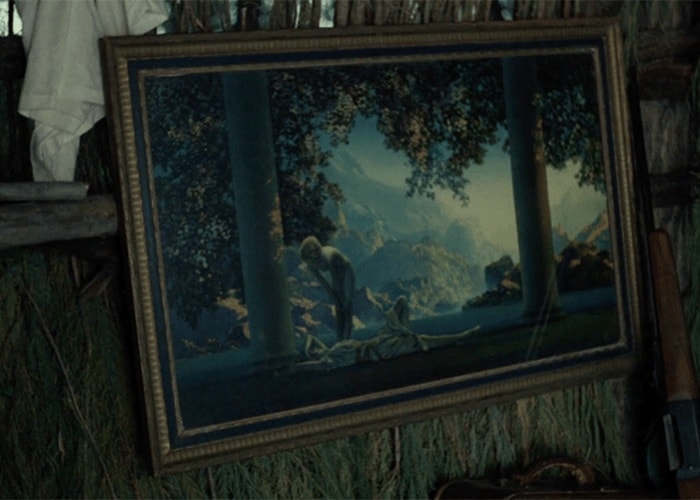
Daybreak, Parrish’s best-known work, plays a small but significant role in the film. It’s the painting Holly hauls out of her burning family home and the one we later see hanging in lingering close-up on a tree-house wall. Daybreak is Parrish epitomized: awash in nostalgic sunlight, two pre-Raphaelite young women luxuriate against a grand natural backdrop, a pair of Greek-style columns framing the dreamy scene. A smash hit for Parrish, it’s been claimed to be the 20th century’s bestselling art print, more successful even than Warhol’s soup cans and Leonardo da Vinci’s The Last Supper. At one time, a quarter of American homes owned a copy, a statistic that helps to explain its appearance in the Sargis household.
Clearly, though, Daybreak has more intimate meaning for Holly, especially when you consider Badlands’ production story. The film’s shoe-string budget forced art director Jack Fisk to go minimal, a restriction that, when viewed in tandem with his self-described character-driven style, puts greater storytelling significance on the film’s props. When Holly flees her childhood home after Kit has killed her father, she takes with her only a handful of items — among them some mascara and a copy of The Kon-Tiki Expedition — all of which provide revealing windows into her character. Her attachment to Kon-Tiki speaks to her childlike mentality, for example, suggesting she views her and Kit’s getaway in the same vein as Thor Heyerdahl’s adventure.
Throughout the film, Spacek’s confessional narration frequently touches upon fantastical notions — whispering spirits and faraway planets — which would partly explain her character’s attachment to Daybreak’s nymph-like figures and otherworldly setting. We also know that she’s yearning for an escape: “Sometimes I wished I could fall asleep and be taken off to some magical land, but this never happened.” Like so many Parrish paintings, Daybreak evokes just that, a peaceful utopia, making it an accessible emblem for Holly’s unattainable escapist fantasies. The camera confirms as much: panning down from the painting to take in Kit and Holly mirroring the languid pose of the two girls, Malick draws a direct visual line between the two, suggesting Kit and Holly are like two iconoclastic figures in a Parrish painting.
Kit is a murderer, though, not a maiden, and so it’s a corrupted, doomed image. The fantasy-inclined lovers on the lam can dream of transcending reality all they like, but their detachment doesn’t protect them from the consequences of Kit’s actions. Nor does holding Daybreak close get them any nearer to the dream world they’re chasing.
Kael found fault with the Parrish-esque cinematography of Badlands and what she saw as the duo’s emotionless disassociation from reality, reading them as confirmation of Malick’s low opinion of his protagonists. But it’s just as arguable that the two are linked by deadpan irony: that the film’s enraptured eye belongs to Holly, an expressionist extension of what Malick called the “fairy tale” she believes life to be — or in other words, we see what she’s feeling. That’s where the film really lives: at the juncture where cold reality (serial murder) and subjective fantasy (impossible animals glimpsed in magical forests) meet.
If Badlands recalls a Parrish painting, that doesn’t make it a condescending or simplistic film any more than Edward Hopper’s use of distance makes his paintings aloof. The film’s look and props telegraph as much meaning as its plot, dialogue, and performances overtly do, providing as much insight as decoration. Style is substance, too; without its Parrish links, both incidental and explicit, Badlands would not rank among cinema’s most supreme works of visual poetry, as it does today.
